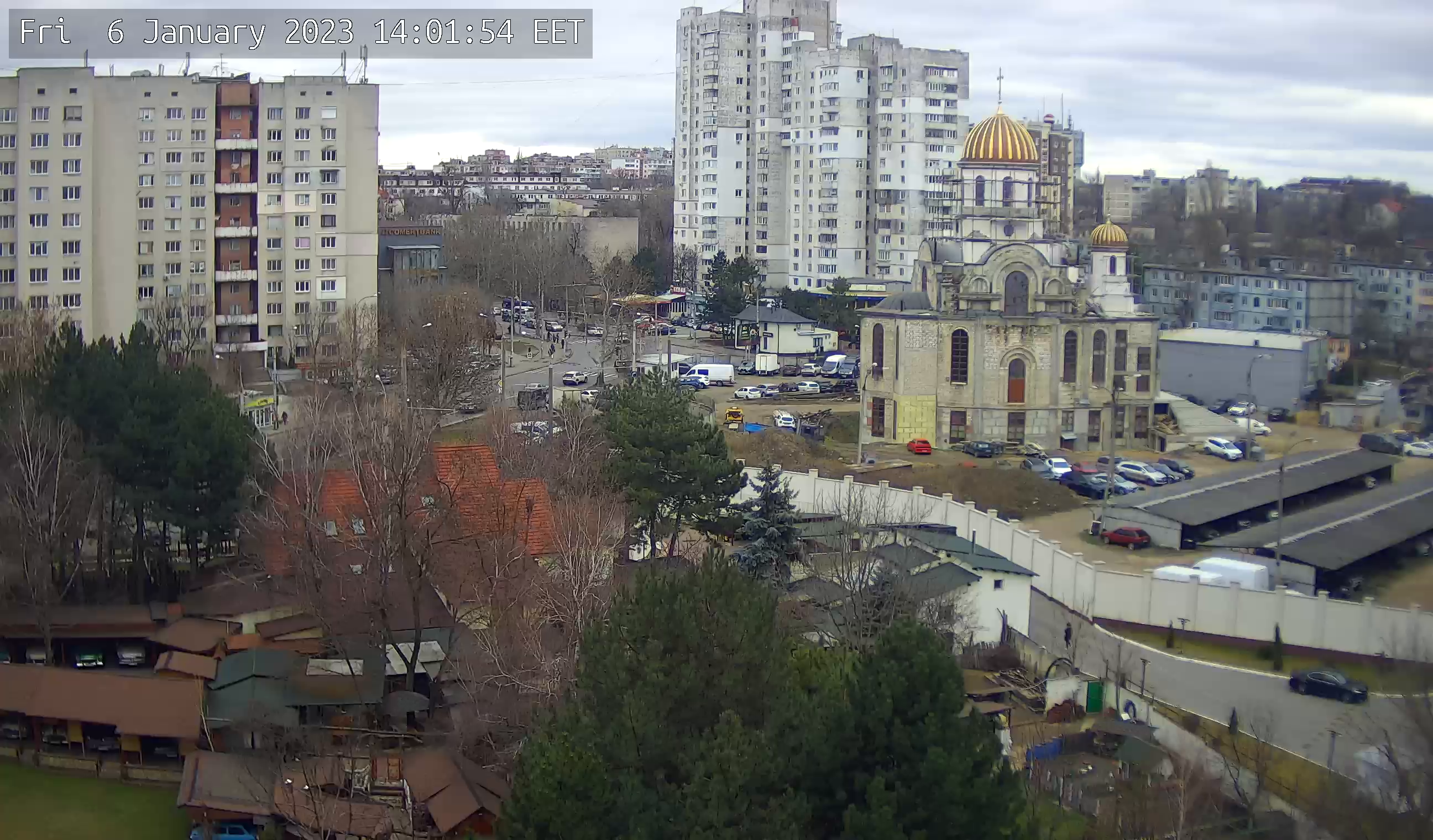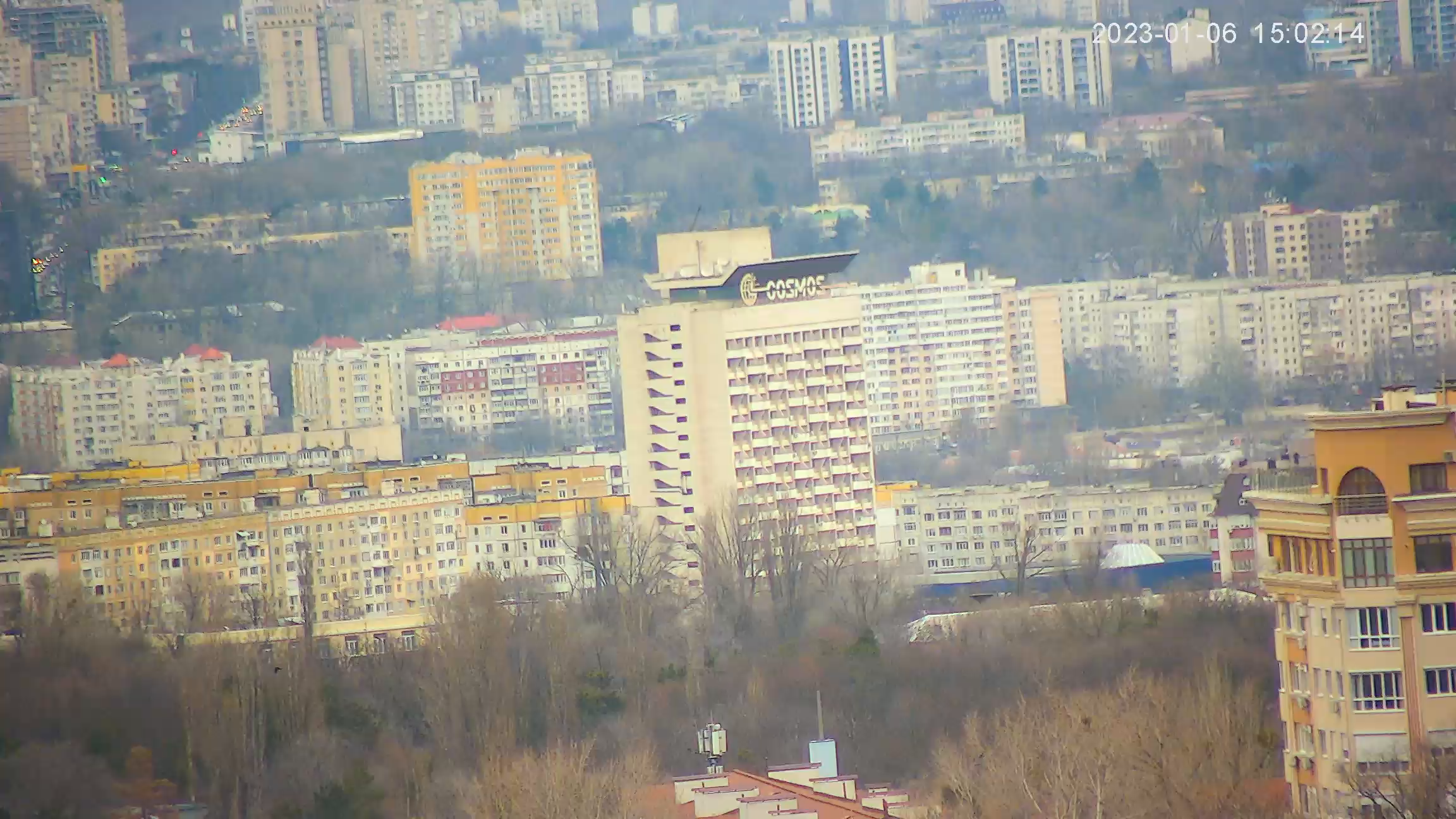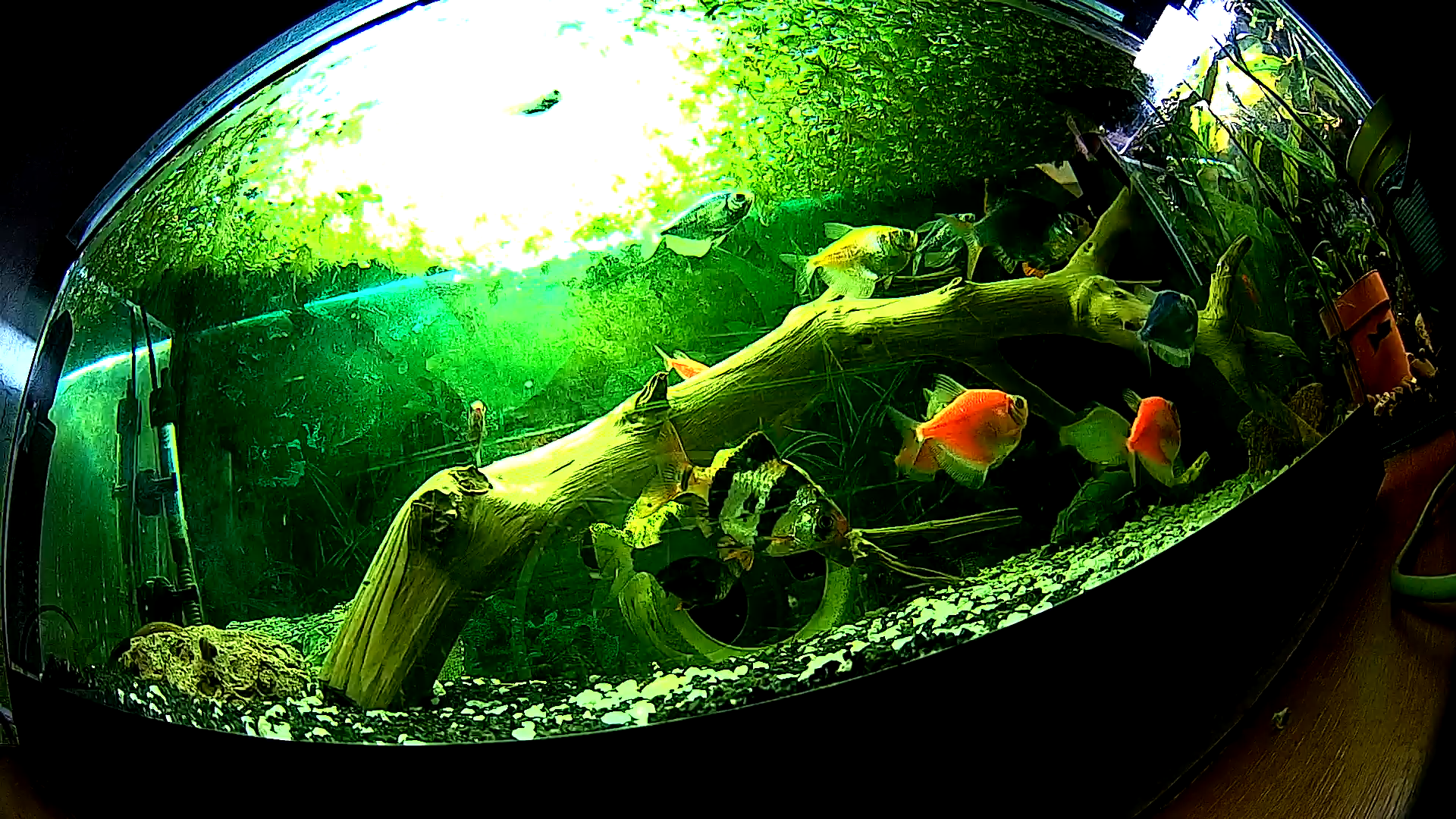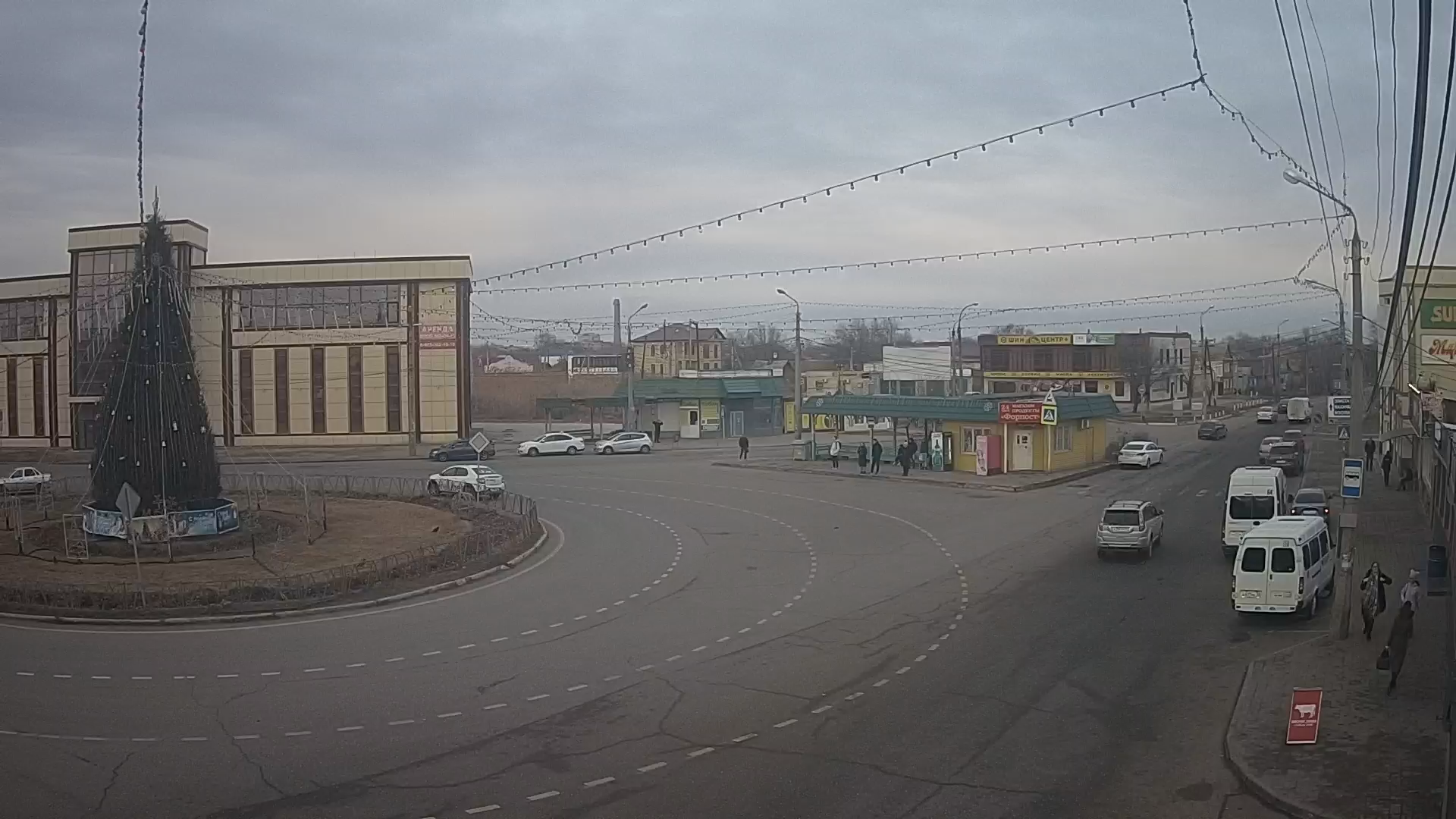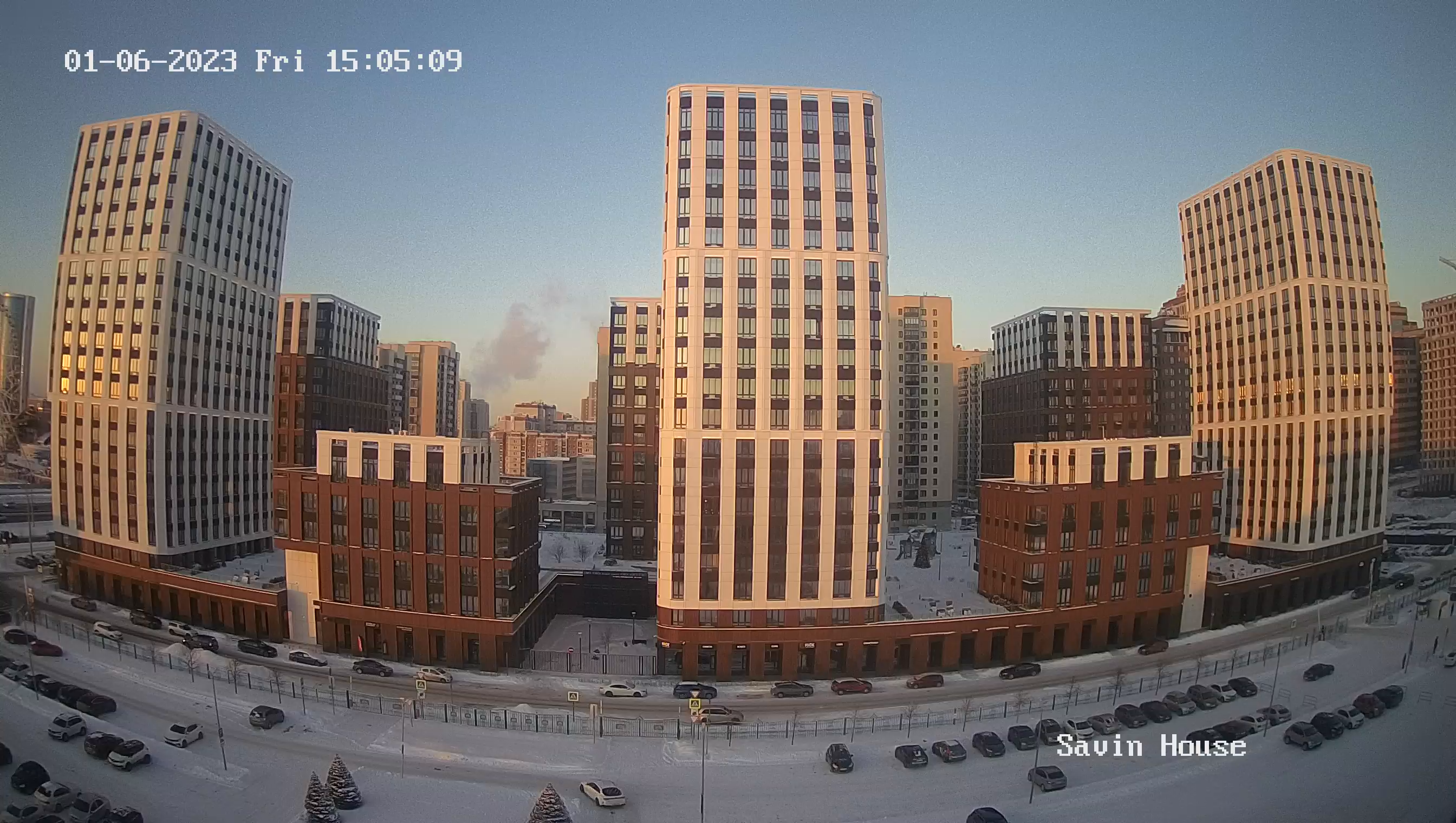Webcam Starahovice. Halnego Square
Starachowice is a town in south-central Poland (historic Lesser Poland) with 49,513 inhabitants (31.12.2017). Starachowice is in Świętokrzyskie Voivodeship (since 1999); previously it was in Kielce Voivodeship (1975-1998). It is the capital of Starachowice County. It is located on the Kamienna River, a tributary of the Vistula, among the hills and forests.
On the site of today's Starachowice there was a smithy, which in the 16th century belonged to the Starzechowski family (most likely, the name of the city comes from this family). The oldest known mention of Starachovice is dated 1547. The settlement, built around the smithy, was owned by Cistercians from nearby Vonhotsk Abbey until 1817. It was the monks who initiated the construction of the blast furnace in 1789. Meanwhile, the Polish bishop Bohuslav Radoszewski founded the town of Wierzbnik in 1624, which was given city rights by the Polish king Sigismund III Vasa. The town had three annual fairs and three weekly markets, but it developed slowly, while Starachowice developed faster. Both settlements were administratively located in the Sandomierz province in the Lesser Province of Poland of the Polish crown.
As a result of the third partition of Poland in 1795 the territory was annexed by Austria, in 1809 it passed to the short-lived Polish Duchy of Warsaw, and in 1815 it passed to the so-called Congress Poland as part of the Russian partition of Poland. In 1815 the furnace was handed over to the government of Congress Poland, and in the following years the industrial village of Starachowice became the main center of metallurgy. According to the plan of Stanislaw Staszic the metallurgical industry developed along the Kamienna river and the village of Starachowice was its center. As part of the anti-PolishIn the repression that followed the unsuccessful January Uprising in Poland, the Russian administration deprived Wierzbnik of city rights in 1870, which were restored in 1916.
After the restoration of Polish independence in 1918, the government in Warsaw decided to build a weapons factory in Starachowice. On October 12, 1920 the Starachowice Mining Company signed a contract with the General Directorate of Army Supplies. Soon work began on the construction of a plant to produce artillery ammunition. The Starachowice plant, which was an industrial complex consisting of an ammunition plant, an artillery equipment plant and a metallurgical plant, was the main producer of such materials in Poland. It also produced 75 mm Armata wz.02/26, 105 mm Armata wz.29, 1 20 mm Armata wz. 78/09/31, Bofors 40 mm, and 37 mm Bofors guns used by the Polish Army in 1939. The city of Starachowice itself arose only on April 1, 1939, when the ancient city of Wierzbnik was merged with the settlement of Starachowice Fabrichne and the village of Starachowice Górne. At first the new town was called Starachowice Wierzbnik, but in 1952 the name was changed to Starachowice.
During the German invasion of Poland that started World War II, Einsatzgruppe II entered Starachowice on September 27, 1939 to commit various crimes against Poles.
It was occupied by Germany during World War II, and in 1940 the Germans carried out mass arrests of local Polish intellectuals. Poles were used as forced labor in a local factory. During the Holocaust , then the ghetto in Wierzbnik were liquidated on October 27, 1942, and many of its inmates were sent to the death camp of Treblinka. The remaining Jews living in Starachowice and Wierzbnik were sent to the German labor camps nearby. These camps were liquidated in the summer of 1944. The survivors were deported to Auschwitz, where many of them died at the hands of the Schutzstaffel. There was a war factory there where slave labor of Jews was used.
During World War II, Starachowice was an important center for the Armia Krajowa, where Jan Pivnik and Antoni Kheda's units operated.
After the war the town flourished as an important industrial center. Besides Starachowice works, the manufacturer of FSC Star trucks was opened in 1948. Star truck was used as the basis for the first papal car for Pope John Paul II "during his first visit to his homeland as Pope in the Roman Catholic Church (1979). When the capitalist system was restored in 1989, the situation in Starachowice deteriorated and unemployment soared. The city now has a special economic zone with lower tax rates to help develop new industry.

